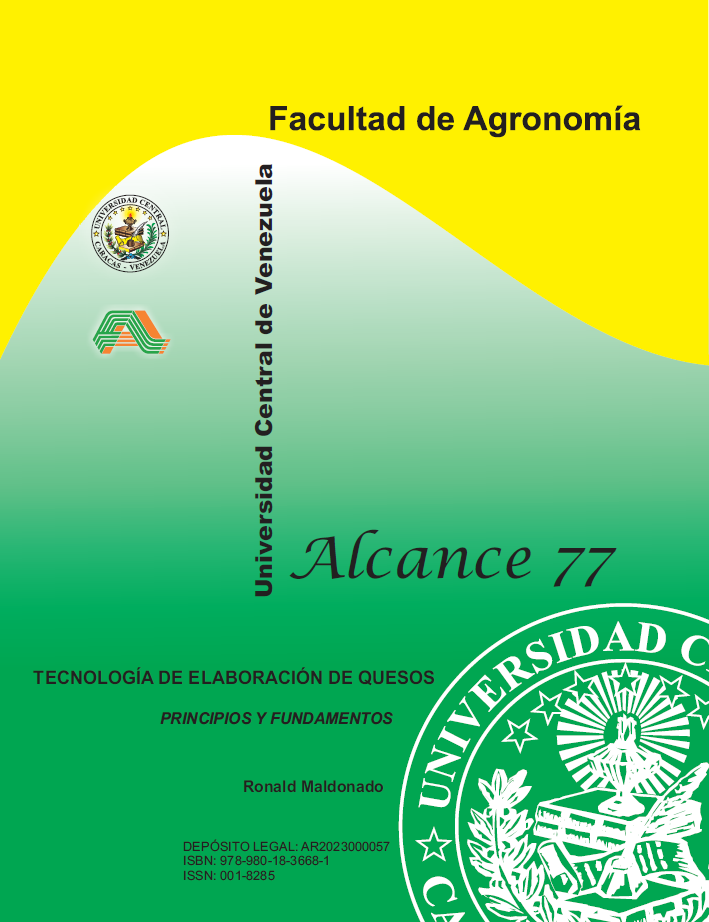FASE I. ACONDICIONAMIENTO Y COAGULACIÓN DE LA LECHE
Phase i. Milk conditioning and coagulation
Palabras clave:
Acondicionamiento, coagulación, estandarización, pasteurización, premaduración, recepción, Conditioning, coagulation, standardization, pasteurization, pre-ripening, receptionResumen
El objetivo del presente capítulo es analizar la etapa inicial denominada Acondicionamiento y Coagulación de la leche, y representan la fase I del esquema general del proceso de elaboración del queso. La fase I comprende los siguientes pasos: recepción de la leche, estandarización, pasteurización, premaduración, el ajuste del calcio coloidal-calcio soluble con la adición del cloruro de calcio y coagulación de la leche. Lo anterior se realiza con la finalidad de verificar la calidad inicial de la leche, cambiar la proporción de grasas en la leche, eliminar las bacterias patógenas que pudieran estar presente en la leche, restituir población de bacterias ácido láctico, restituir el tamaño de la micela de caseína e iniciar la formación del gel de caseína y preparar la matriz del queso para iniciar la próxima fase II, denominada Sinéresis o exudación del suero de la cuajada. Todos los pasos están bajo el control de los parámetros operacionales como pH/acidez, temperaturas de pasteurización, temperatura de premaduración/coagulación y contenido de calcio soluble. La selección y estudio de estos parámetros operacionales, así como los cálculos matemáticos necesarios en los procesos de estandarización y pasteurización fueron las principales contribución en este capítulo.
ABSTRACT
The aim of this chapter is to analyze the initial stage named Conditioning and Enzymatic Coagulation of Milk, which represents phase I of the general scheme of the cheesemaking process. This phase includes: milk reception, fat standardization, milk pasteurization, pre-ripening of milk with lactic acid bacteria, and adjustment of colloidal calcium-soluble calcium by adding Calcium Chloride into the pasteurized milk. The above-mentioned is done to verify the initial
quality of milk, to change the proportion of fats in it, to kill pathogenic bacteria that may be present, to restore the population of lactic acid bacteria, to resettle the casein micelle size, and initiate the formation of casein gel; moreover, to prepare the cheese matrix to start the next phase II, named as Syneresis or Whey Separation from the Curd. All these steps are under the control of processing parameters such as pH/acidity, pasteurization temperatures, pre-ripening/
coagulation temperature, and soluble calcium content. This chapter mainly contributed the selection and study of these processing parameters and the mathematical estimations required for the standardization and pasteurization.


